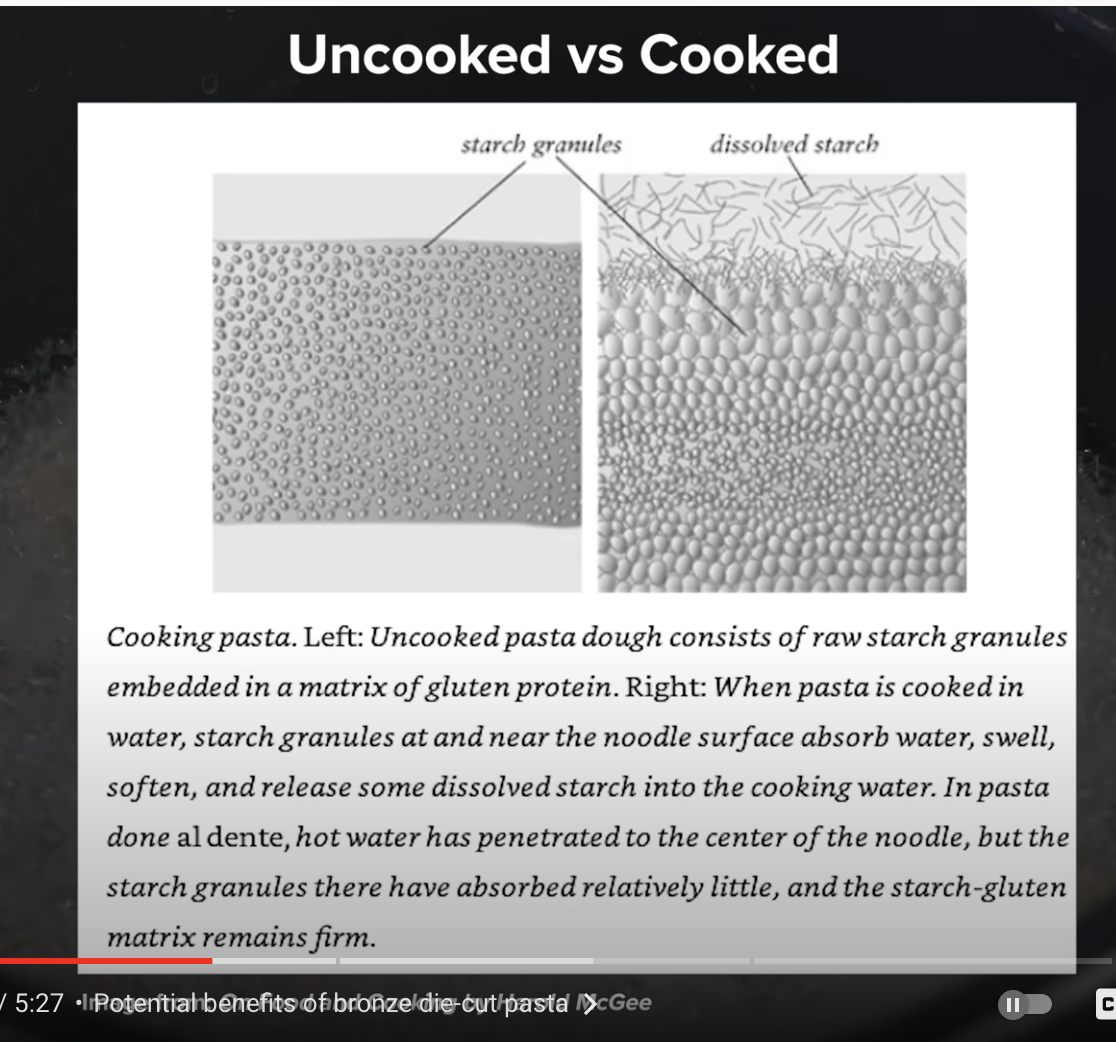read more
Started becoming popular around the 13th century in Italy. Could have come from anywhere, really. But the China thing is most likely a myth. Specifically people said Marco Polo brought it.
Thomas Jefferson is who popularized it in the United States in the 1700's.
Originally, tomatoes were introduced in Italy in the 16th century. For a long while, pasta was eaten dry with the fingers, and then when sauce was added many centuries later it required a fork.
Italian immigration to the U.S. and Canada and South Africa caused pasta to become a common staple.
Semolina is actually just a type of flour made from durum wheat. Your general baking flours are made from what is known as common wheat. The main difference you may be able to see is that semolina is a good bit coarser than traditional flour, and may be darker and more golden in color. The main reason people prefer semolina for pasta-making is that it is extremely high in gluten, which helps keep the shape of pasta during cooking. This is how pasta can come in all different shapes and sizes without risk of falling apart or becoming a giant blob while it is boiling.
Semolina is incredibly popular in Nigeria, and Couscous is a common food made in other parts of Africa, which employs Semolina. It seems to be basically the only product really that uses semolina other than pasta.
Pasta is yellow because of the Durum wheat semolina flour is yellow.
Peperoncinni (known in Italian as Peperoncino) is actually an Italian vegetable, which is why it's used for Arrabiatta.
https://en.wikipedia.org/wiki/Peperoncino
https://www.bobsredmill.com/blog/baking-101/what-is-semolina/

